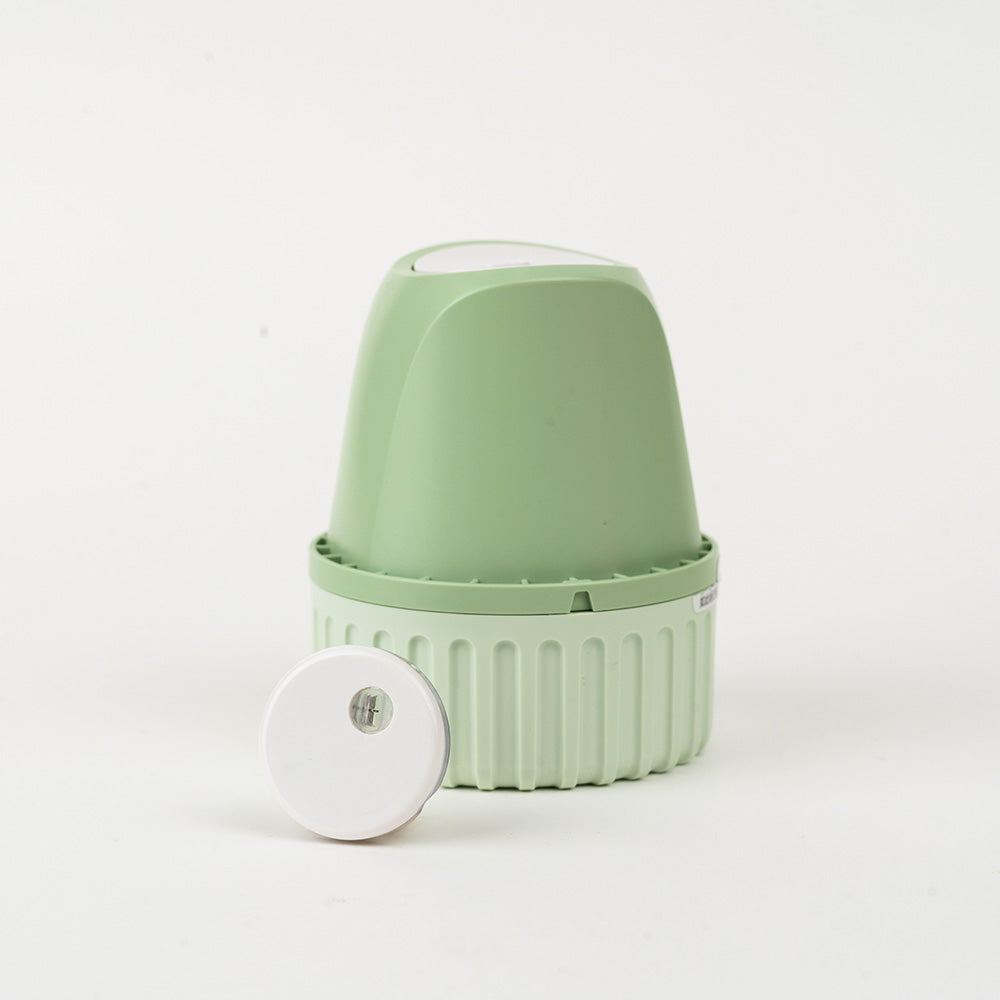Finding out whether you have diabetes can feel daunting—but the good news is that in New Zealand, reliable and accurate tests are available. Our laboratories operate under strict quality standards, so you can trust the results you receive.
This guide breaks down the main diabetes tests, when they’re used, and what the results mean.
1. Screening Without Symptoms
Even if you feel well, doctors recommend routine screening to catch diabetes early.
- HbA1c test (glycated haemoglobin): The most common test, showing your average blood glucose levels over the last 2–3 months.
When to start regular screening:
- Men - from age 45
- Women - from age 55
- Māori, Pacific, and Indo-Asian men - from age 30
- Māori, Pacific, and Indo-Asian women - from age 40
👉 If two HbA1c tests show abnormal results, a diabetes diagnosis is likely.
- Prediabetes range: 41–49 mmol/mol. If your result falls here, you should be tested every year.
- Women with past gestational diabetes: Annual HbA1c checks are strongly recommended.
2. Who Needs More Frequent Testing?
You should have an HbA1c test every 1–3 years if you have two or more risk factors, such as:
- Family history of type 2 diabetes
- Māori, Pacific, or Indo-Asian ethnicity
- Polycystic ovarian syndrome (PCOS)
- High blood pressure or cholesterol
- Previous heart disease
- Long-term use of steroids or antipsychotics
- Obesity (BMI over 30, or over 27 if Indo-Asian)
- Large waist size (94cm+ men, 80cm+ women)
- Past prediabetes or type 2 diabetes in remission
3. Oral Glucose Tolerance Test (OGTT)
If the HbA1c test isn’t suitable—for example, during pregnancy, after a blood transfusion, or with certain blood disorders—your doctor may recommend an OGTT.
How it works:
1. Fast overnight.
2. A blood sample is taken in the morning.
3. You drink a sweet glucose solution.
4. Blood samples are taken again after 1 and 2 hours.
Results (if not pregnant):
- Fasting glucose ≥ 7 mmol/L = diabetes
- 2-hour glucose ≥ 11.1 mmol/L = diabetes
- Lower but raised results may indicate prediabetes
4. Testing When Symptoms Are Present
If you’re experiencing common diabetes symptoms—such as frequent urination, extreme thirst, sudden weight loss, or recurring infections—your GP will usually request an HbA1c test, plus either a fasting or random blood glucose test.
Results showing diabetes:
- HbA1c ≥ 50 mmol/mol
- Fasting glucose ≥ 7 mmol/L
- Random glucose ≥ 11.1 mmol/L
5. Gestational Diabetes (During Pregnancy)
Because high blood glucose can affect both mother and baby, all pregnant women are screened for gestational diabetes (GDM).
- Early pregnancy (<20 weeks): HbA1c test to check for existing diabetes
- 24–28 weeks: Glucose challenge test or OGTT
Diagnosis of GDM:
- Fasting glucose ≥ 5.5 mmol/L
- 2-hour glucose ≥ 9 mmol/L
⚠️ Women with gestational diabetes have up to a 50% chance of developing type 2 diabetes within 5 years, so regular follow-up testing is crucial.
6. Random Blood Glucose Test
A random glucose test can be done at any time, even after eating.
- Result ≥ 11.1 mmol/L suggests you have diabetes.
7. Islet Cell Antibody Tests (For Type 1 Diabetes)
For people at higher risk of type 1 diabetes—especially those with a parent, sibling, or child with the condition—doctors may run antibody tests to check if the immune system is attacking the pancreas.
Final Thoughts
There are many reliable ways to test for diabetes, from the HbA1c test to pregnancy-specific screenings. If you’re at risk or noticing symptoms, talk to your GP about getting tested.
Early detection makes a huge difference—it means better management, fewer complications, and a healthier future.
References: Diabetes New Zealand

